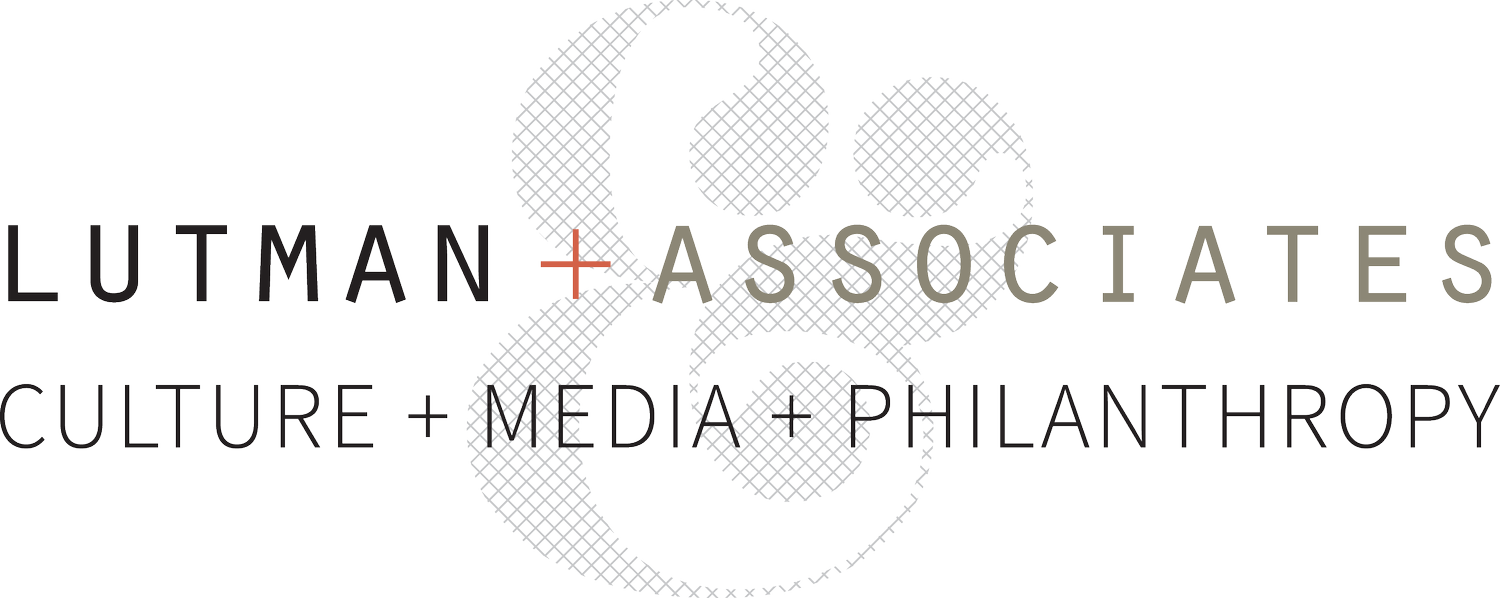First published in Twin Cities Business Magazine, August 2014 issue.
This year’s Dance USA conference was held in Minneapolis in mid-June, and Cecily Sommers, a futurist and business consultant, gave the opening address. Sommers is more likely to work with Fortune 500 heavyweights than ballet and modern dance companies, so I asked her what she told the audience of several hundred dancers and arts administrators.
Sarah Lutman: What differences in the sectors are you thinking about?
Cecily Sommers: The opportunities and issues are identical. Change affects all of us. We have to think through the implications and figure out where our potential intersects with the future’s potential.
The future is created in our imaginations. People need to engage those parts of their minds that help them build constructive images of the future based on real knowledge of what we believe about future potentials.
The big change that is affecting everyone—what we call “the new normal”—is intense volatility. There is no there to get to, there is no stability to return to or to seek. Businesses and nonprofits have to discover how to make dynamism an organizing way of being, to make their thinking and responsiveness as dynamic as the environment we live in. That’s the key to maintaining resilience and relevance.
SL: What keeps the nonprofit sector from being more dynamic?
CS: Revenue structure is the biggest one. The traditional revenue sources are slow and change-resistant. There’s been almost no fast money. That is one of the reasons we’ve seen such a flurry of micro-financing like Kickstarter. We are creating new ways for money to flow faster.
Foundations are in a perfect position to choose to redesign their funding model—and to say not only can we, [but] we must, given the environment. But it’s one thing to understand things intellectually, and another for people to lead the needed change. There is great talk about innovation and entrepreneurialism. Yet when it comes to making a commitment to making change, it’s very hard. When I untie the question “Why is that?” truly, people don’t know how.
That’s why envisioning the future is so important. Change board meetings so they inspire and educate board members. Create engagements and interactions, things that will excite the imagination, like field trips and learning retreats. Once people can hear and see new ideas, they can see how change gets done.
SL: How does your early training as a dancer inform this?
CS: How artists navigate change is from the inside, from the internal urge. It tells them who they are and what they do and where to create and generate from. That practice, that discipline, is something that can be taught. It should be part of the equation in all organizational thinking.
SL: Do you find that business pundits talking about change management give advice that sounds like the structure of artistic discipline?
CS: Yes, they are straight out of artistic discipline. Athletes have it too—anything you have to stay with over a long period of time, and to develop yourself over the course of the pursuit.
To advance your technique as a dancer, you have figure out how to go inside your body and to find the feeling, and then figure out how to engage it. Like any discipline—a swimmer would say the same—you have to conceive it first before you can actually do it.
It is a practice—that’s why it’s called practice. When we go back to organizations, you can practice change. This is an important distinction for a lot of people. For example, the idea that some people don’t have courage is wrong. Some people are [just] more practiced at courage. And that’s all it takes, the ability to practice. Every day do what you can.
SL: So what are the themes for nonprofit organizations?
CS: Nonprofits [sometimes] have the attitude that by excelling at business they are going to damage the mission because it is commodified. But in fact, business offers a way to empower what you want to bring into the world. It’s another set of disciplines and tools. You have to study it, feel empowered by it, be highly responsible and curious about that part of your pursuit. You have to love it and see it creatively.
SL: And the pitfalls?
CS: Where so many organizations hide is in best practices. These practices are needed when you get to execution, but they kill the discovery of anything new in strategy and innovation. So when people are faced with, “What are we going to do?” their default is to ask, “What are best practices in this area?” This is a killer. I call it “best practicide.” Instead, [the idea that] needs to be entertained [is what] are the best questions.
SL: A final word?
CS: The principles are the same whether it’s a food bank, a ballet company, a university or a corporation. Inquire constantly: How is the world changing? In what form do we need to deliver our service or product? Our stewardship is to understand how conditions are changing and then change with them.
Nonprofit agendas tend to be fixed. Yes, their purpose will be fixed, but how they operationalize that purpose has to change with changing conditions. This is a discipline, and you need to fall in love with it.
Sarah Lutman is a St. Paul-based independent consultant and writer for clients in the cultural, media and philanthropic sectors
